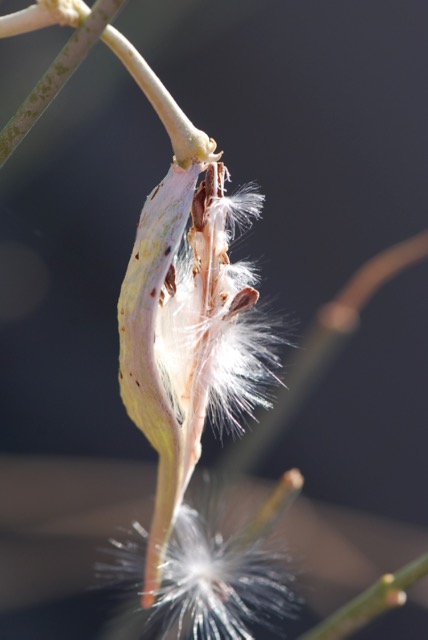For STEM Friday we have the combined natural history comic and leveled reader for kids, We Dig Worms by Kevin McCloskey.
Kids of all ages are attracted to cartoons. The art helps tell the story and the humor makes it fun to read.
However, that doesn’t mean cartoon illustrations shouldn’t be taken seriously. This book has an underpinning of solid scientific facts. For example McCloskey shows the anatomy and life cycle of earthworms,
 emphasizes the importance of earthworms in their natural habitat — as food for other animals, for their role in the decomposition of plant waste, and as aerators of the soil —
emphasizes the importance of earthworms in their natural habitat — as food for other animals, for their role in the decomposition of plant waste, and as aerators of the soil —
 and includes discussions of earthworm behavior.
and includes discussions of earthworm behavior.
On repeat readings, you will likely notice other details that make We Dig Worms a special experience. At the beginning of the book (end papers), a worm is coming out of its burrow. At the end, the worm goes back into its burrow. Also, the illustrations are done on paper grocery bags to emphasize the theme of recycling. There is a lot to observe and talk about.
As if that weren’t enough, in the back matter are tips and suggestions for parents and teachers on how to read comics with kids, with emphasis on going “for the shared pleasure.” Wonderful!
We Dig Worms is a resource that young readers will want to return to again and again. Pick up and enjoy a copy today!
Suggested activities to accompany the book
Looking for a project on earthworms? You might want to consider vermiculture (worm composting). Providing a safe habitat for worms, feeding them, and being able to observe them closely can lead to valuable learning. All it requires is a container, bedding (like shredded newspapers and paper bags), vegetable food scraps, and worms (available at bait shops and from worm farms).
See:
- Extensive instructions for worm composting at Cornell University
- Share It Science has a post about raising earthworms at home or in the classroom
- our previous post with information and earth worm science activities
Age Range: 4 – 8 years
Publisher: TOON Books (April 14, 2015)
ISBN-10: 1935179802
ISBN-13: 978-1935179801
Disclosure: This book and the copyrighted illustrations were provided by the author. Also, I am an affiliate with Amazon so I can provide you with cover images and links to more information about books and products. As you probably are aware, if you click through the highlighted title link and purchase a product, I will receive a very small commission, at no extra cost to you. Any proceeds help defray the costs of hosting and maintaining this website.
Come visit the STEM Friday blog each week to find more great Science, Technology, Engineering and Math books. Note: this is a new link as of 10/2018.













